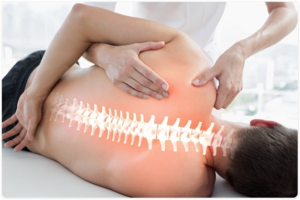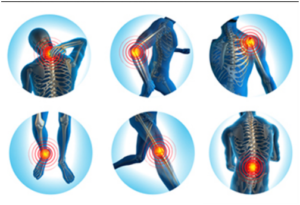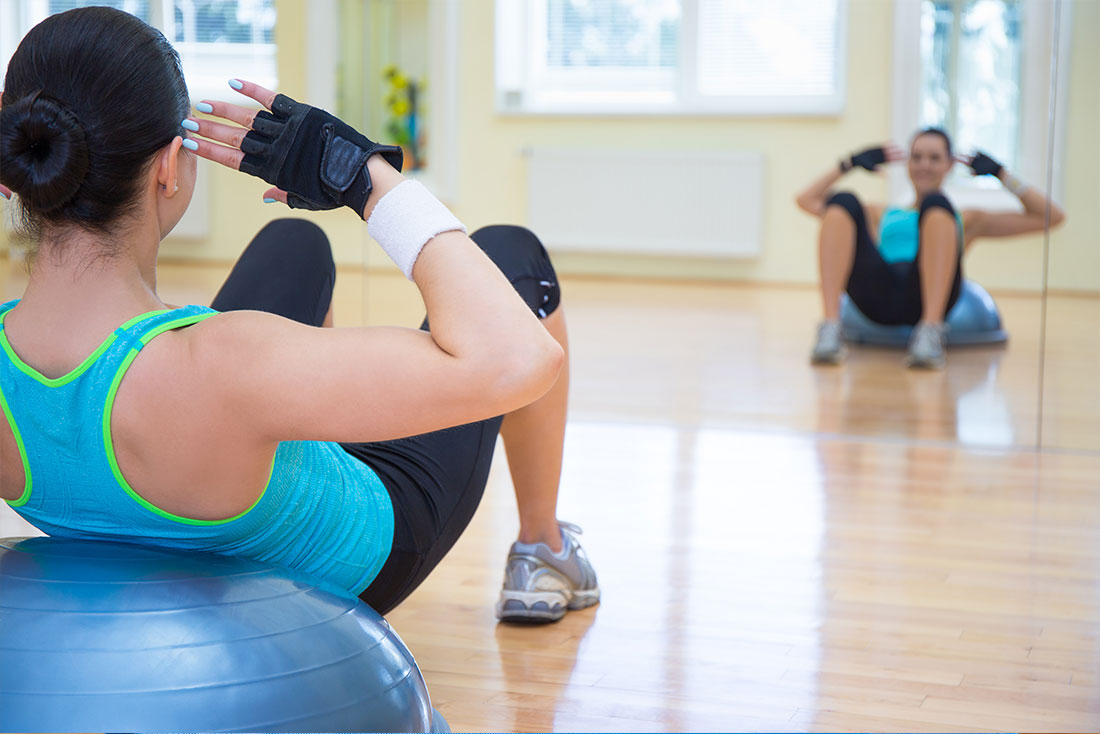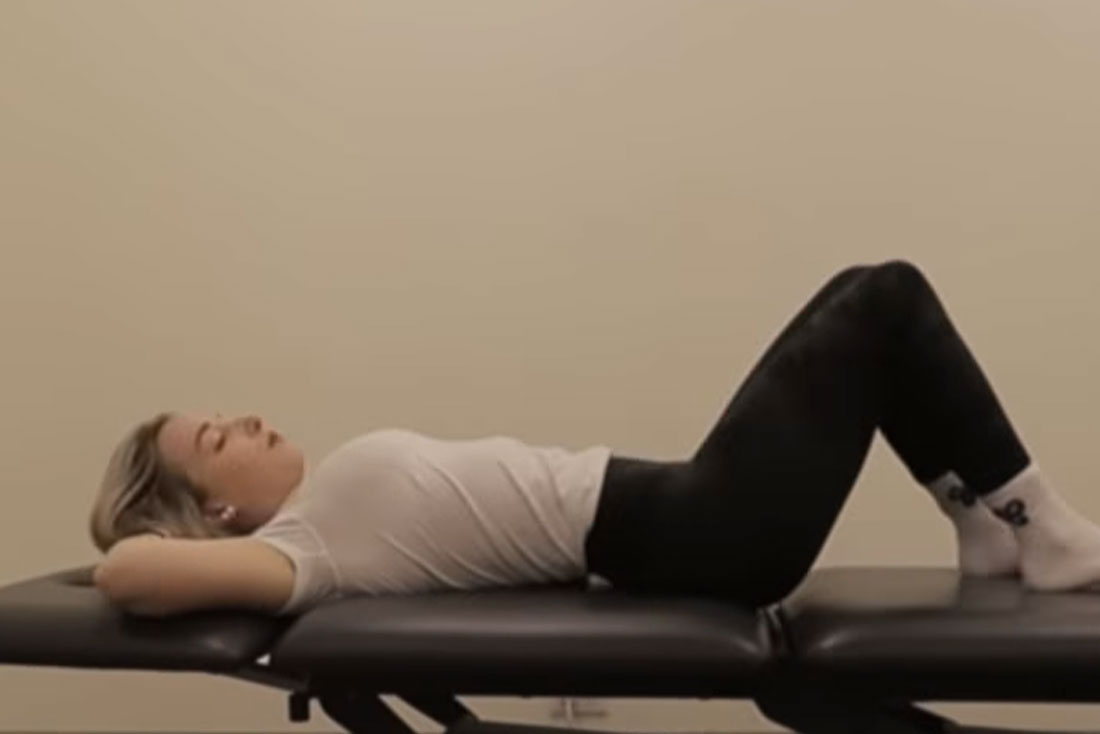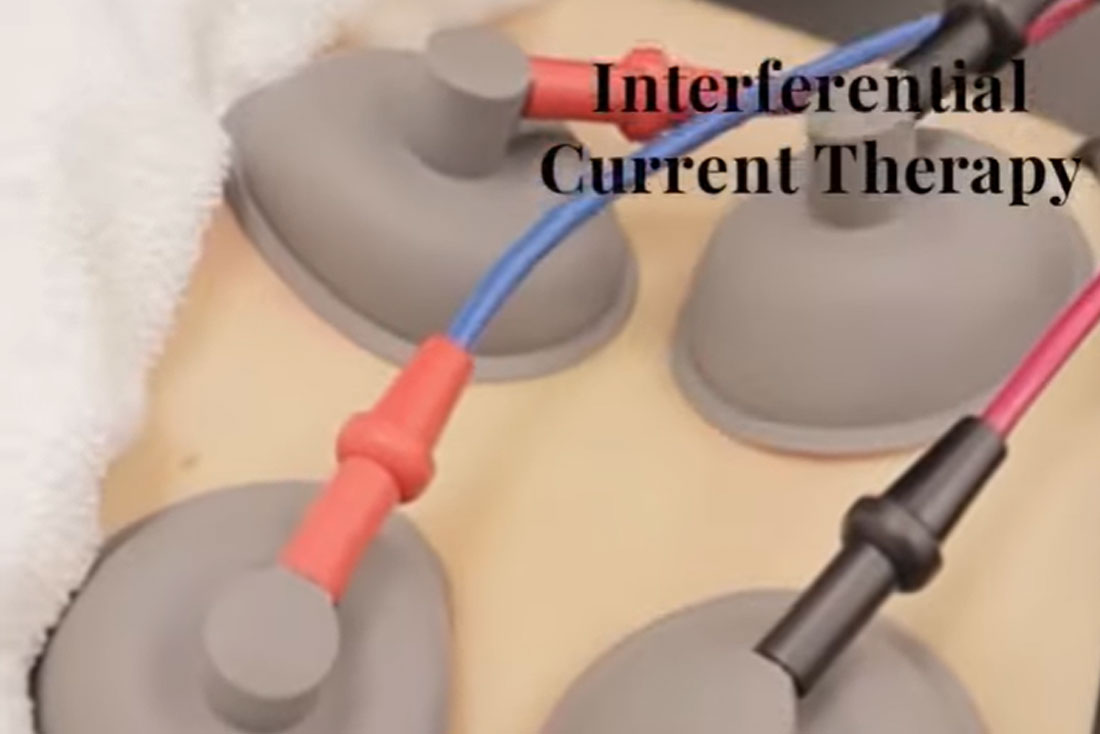The covid-19 disease has affected individuals in multiple ways apart from just lungs. While the majority of the people have experienced mild to per-say moderate symptoms, individuals experiencing major symptoms have lasted for months.
Such debilitating symptoms require time and patience to heal from, for which, you need to keep in mind to focus on your health on the following rehabilitative care:
- Physical rehabilitation.
- Cardiovascular rehabilitation.
- Cognitive therapy.
- Mental health support.
These rehabilitative programs have helped individuals to recover from the after-effects of the Covid-19 disease.
Here are some of the 10 exercises that focus on your Physical, cardiovascular, cognitive well as mental health.
- Physical Rehabilitation:
The Covid-19 disease makes your body weak entirely, especially the joints. This is because whenever there is a viral invasion in your body, inflammation of the joints is persistent to fight the virus by stimulating a widespread immune response throughout the body that causes the muscles and joints of your body to ache.
- Ankle
After a long period of bed rest, your ankles may feel heavy as if it is difficult for them to hold your body weight. You would want to focus on ankle exercises that are similar to ankle fracture rehabilitation exercises. These exercises focus entirely on ankle strengthening, flexibility, and balance. You want to start with flexibility, strengthening, and final balance.
- Flexibility:
Rotate your ankle in 360 degrees, clockwise, and counterclockwise – 5 times each.
Point your toes as lower to the ground as possible and as up towards your face as possible feeling the scratch on the front and backside of your leg.
Whenever you wake up from a nap and you are about to stand on your feet, make sure to follow these exercises.
- Strengthening
In ankle fracture rehabilitation exercises, we either use resistance bands or ankle weights. You can use the band by simply covering it around your both ankles and swing your leg back and forth and sideways whilst sitting with feet in mid-air.
Repeat this 15 times and you can increase the repetitions if your ankles can handle so.
- Balance
To improve your balance, you must stand on one foot and try to bend down from your knees with arm support. Eventually, you can quit using arm support and continue the same way. This will help improve the balance on your feet and also strengthen them.
If your ankle pain does not improve and continues to show signs of imbalance and twitches and pain, book an appointment with PhysioExperts today.
- Knee
Usually, gentle stretching and strengthening of knees ease the knee pain and sensitivity. You must stand on your feet and bend one knee aiming your ankle to touch your glutes. Hold at this position for 30 seconds and feel the stretch around your knee. Repeat this 3 times on each side.
The other exercise that you can do is half squats with or without arm support.
- Groin
The groin is the area of the inner thigh that has delicate and sensitive muscles.
Groin strengthening exercises rehabilitation helps to strengthen the muscles, reduce pain and improve the range of motion.
You want to lie down on the yoga mat and bend your knees. Place your feet 1 foot from your back and spread your knees away from each other. Stretch as far as you can, trying to touch your knees to the floor and hold at this position. Feel the stretch on the inner side of the thigh. This is the groin strengthening exercises rehabilitation but does not over-stretch your thighs. Repeat this 5 times.
- Back
For back pain, doing regular heat packs can help relieve soreness in the muscles. You can also do some basic back stretches and exercises. For instance, stand up straight and raise your arms up high. Get on your toes and gently swing back and throw yourself slowly towards the ground by bending from your back. You will feel the stretch in your spine that relieves the tensions in between your spinal discs that will improve blood flow through your spinal nerves.
For more exercises for back pain, check out our blog on 5 Home Exercises for Back Pain.
- Cardiovascular
- Breathing
Alternate nostril breathing has proven to be effective for cardiorespiratory functioning and to lower heart rate.
Be seated in a crossed leg position and place your right thumb over your right nostril with apex finger and middle finger touching the palm and rest of the fingers open. Inhale through your left nostril and then close the left nostril with your opened ring finger and pinky finger. Release your thumb off the right nostril and exhale through it. In the same manner, repeat through your other nostril for up to 5 minutes.
Allow smooth and even breathing throughout the practice.
- Yoga
There are several types of yoga asanas but you need to know which asana helps you and how. For post-COVID-19 relief, you want to practice yoga asanas that help you boost your immunity.
Low Lunge Pose:
Lay flat on your stomach with arms stretched out ahead. Keep your knees straight and feet together. Now, take a deep breath and lift your legs up along with your chest. Hold at this position for 10 seconds and repeat it 5 times.
- Pilates
Pilates has been one of the most recommended systems when it comes to recovering from post-Covid-19 symptoms. These are gentle forms of exercises different from those of yoga and physical exercises that require the least amount of pressure on the body.
- Cat and Dog Stretch
Get on all 4 palms of your hand with toes touching on the floor. Take a deep breath in and around your back. Hold at this position for a few seconds and then exhale while arching your back. While you exhale and arch your back you can also expand your leg back outwards and upwards.
Cognitive
Journaling helps you to organize your thoughts and enhances not only your mental health but also stabilizes you emotionally. Benefits of journaling:
- Reduce stress
- Improves immune function
- Keeps memory sharp
- Enhances mood
- Strengthens emotional support
- SMART goals
A smart goal is one of the best ways of organizing your thoughts and knowing better what you want to focus on moving forward. After covering from Covid-19, everything feels haywire. However, SMART goals help!
S- Specific
M- Measurable
A- Attainable
R -Relevant
T- Time-Bound
Despite everything you do, you may not find the motivation that you need to keep going and that is okay. Just know that you are not alone and this is not the end. There are people who can help you cope up and contemplate everything. Physical health is not the only aspect of life that is important. Up to some degree, Covid-19 has induced a sense of fear in everyone, reasonably so. Do not let go of any mental problems such as anxiety, stress, depression, PTSD, and other traumas.
Post Covid-19, it is extremely crucial for one to get their body in motion by exercising but without exerting your body. You do not want to feel tired and fatigued after exercising. Following a simple basic set of exercises that focus on your overall physical health and mental health is considered precisely ideal.
At PhysioExperts physiotherapy and rehabilitation center, get a personalized routine of exercises best for you!
Call today at 613-672-6000 or book an appointment with us at PhysioExperts.
For any concerns drop us an email: info@physioexperts.ca Follow Us Facebook | Twitter | Instagram
